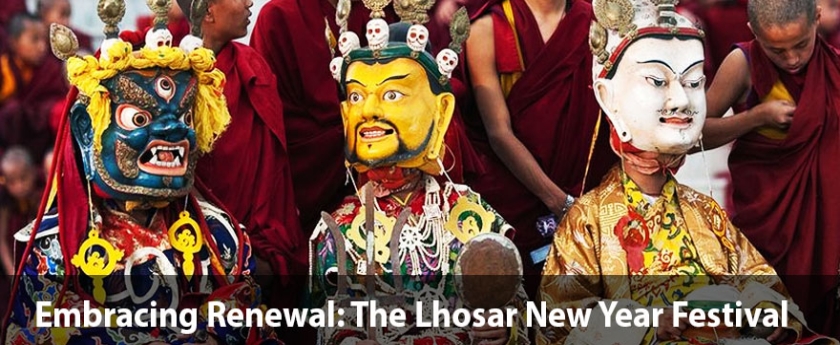
The term "Lhosar" translates to "new year" in Tibetan, a fusion of two words: "lo," signifying year, and "sar," denoting newness. Lhosar represents a cherished Tibetan tradition, marking a time to expel malevolent spirits from homes and lives, clearing the path for a new year filled with happiness and prosperity. The genesis of Lhosar dates back to a time preceding the establishment of Buddhism in Tibet when the predominant religion was Bon. I Read More »
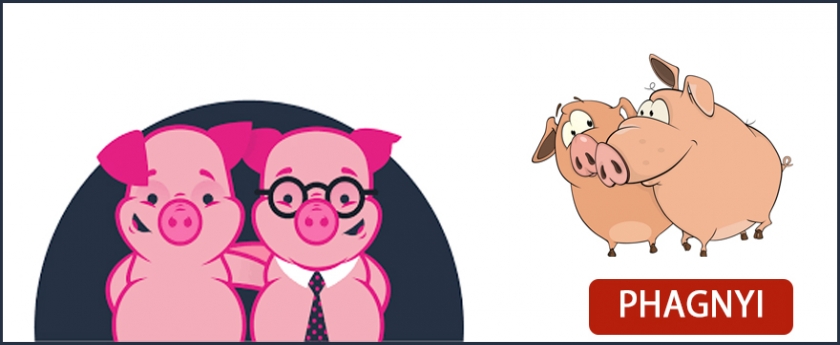
It is one of the important festivals in Sherpa Community. It is specially celebrated by the sherpas from Khumbu region. It is said that in 17th century, one sherpa yogi called Lama Sangay Dorji came flying over the mountain and landed in a big Stone at village called pangbouche.The rai king of solu heard the news about the sherpa yogi and went to visit him taking two Slice of Pig & Wild Boar meat. The sherpa yogi then cooked the meat and served to them with a great welcome. It is also cele Read More »
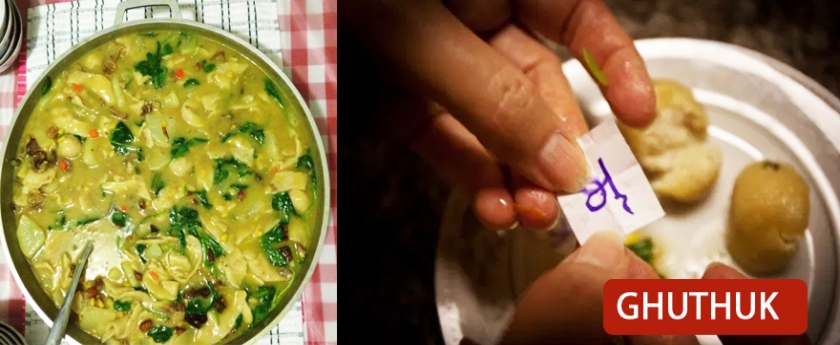
According to Sherpa Culture, all the sherpa around the world eat “Ghuthuk” which is a Sherpa noodle soup with 9 types ingredient mixed together. This Ghuthuk is eaten two days before the Sherpa/Tibetan New Year “ Lhosar “. In Sherpa Language, Ghu Means Nine and thuk means Noodles which makes Ghuthuk. It is also eaten to drive all the evil spirit and negativity of the past year and start a new beginning with positivity for the upcoming year. There is als Read More »
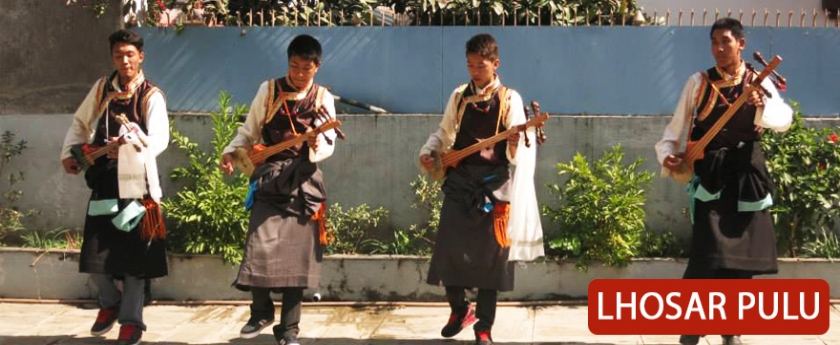
Lhotak Pulu “Lhosar Pulu” Lhotak meaning grain and pulu meaning offering. Lhotak pulu is the harvest festival celebrated in the month of November on the night of the full moon. Now day’s it is commonly kown as Lhosar Pulu. It signifies the ending of the harvesting season and offering the first harvested grains to the saints. Children and adults form different groups and go door to door in villages at night, reciting flattering verses (ya we ya we lhosar pulu se ) in Sherpa an Read More »
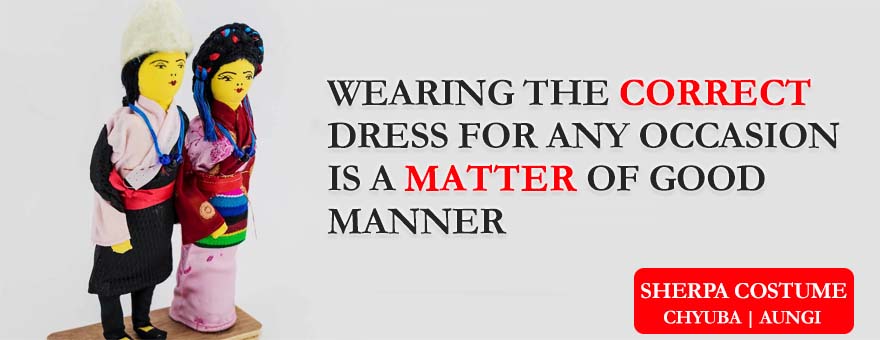
Sherpa Custom The Sherpa costume has a remarkable value in the Sherpa society. The various costumes the Sherpa's wear for different occasions denote the different meanings. Male Costume Traditionally, male Sherpa's wear a warm ankle-length woolen gown called Chyuba, which is bound around the waist by a long kara (sash). Chyuba's upper portion forms a large pouch while they pull it up at their waist and bind around the waist. In the past, Chyubas were made from han Read More »
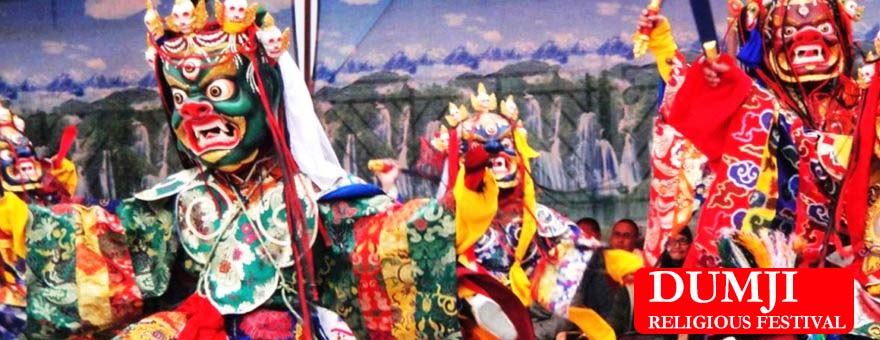
Sherpas celebrate Dumji from the seventh to the thirteenth days of the fifth month. On the tenth day, they celebrate the birth anniversary of Guru Rimpoche on a lotus flower. Another day is commemorated in memory of the attainment of enlightenment of Lama Sangwa Dorje. This festival serves as a religious and community duty to bring the villagers together. The responsibility for this festival falls on every household once or twice in a lifetime depending on the number of houses in the village. Read More »
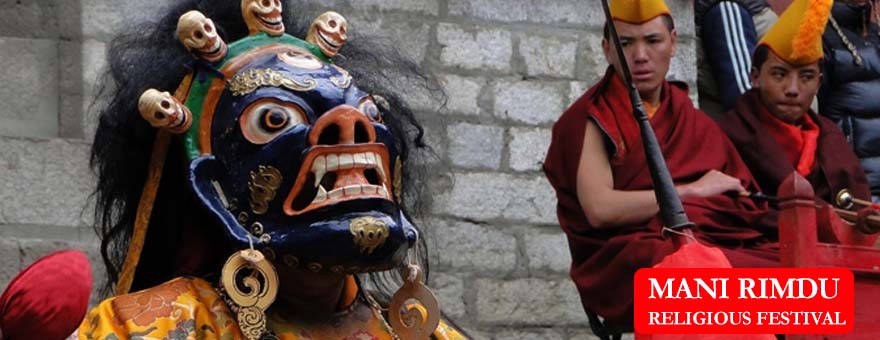
Mani Rimdu is a festival of religious significance in Sherpa communities. It is celebrated at the Thame monastery in May and at Tengboche, Chiwong and Thakshindu monasteries in November each year. Mani Rimdu is a prayer ceremony in which the monks put on masks representing divine personages and perform ritual dances. These prayer and mask dances are meant for the well-being of the living creatures and the world peace. The head lama and the monks read religious scriptures for about 10-15 days. Read More »